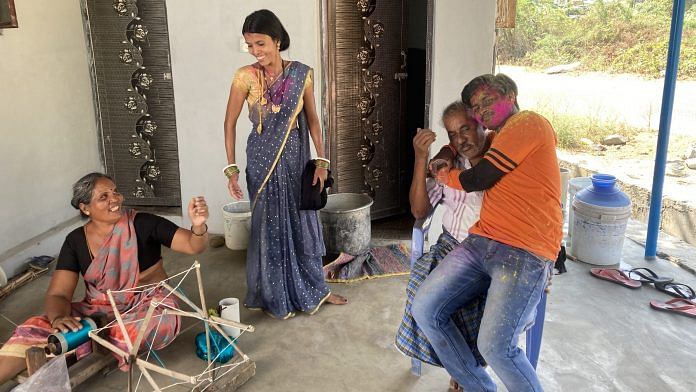Coimbatore/Tiruppur: The village of Kuppepalayam, just outside Coimbatore, is a picture of South Indian life on a sleepy afternoon. Until the calm is broken by blaring Bhojpuri music.
It’s a group of young Bihari migrants celebrating Holi as if they’re back home in Barh. Their Tamil landlords, whom they call Amma and Appa, smile and shake their heads indulgently while the men whoop and dance. This one-room home at the end of a winding, dusty road is exploding with music and colour — and no one seems to mind.
Just a week ago, the group was considering fleeing Tamil Nadu in fear. Just like hundreds of migrant workers did in the past ten days. But Dharmendra and his wife Asha stayed. His brother left without even collecting his wages.
Almost everyone here had seen the video of three men brutally attacking someone by hacking at his limbs with a sword, first hands, then legs, as he ran away bleeding.
The video was fake. But the fear was real.
Rumours of violence against North Indian migrants began to grip Tamil Nadu mid-February. Fake videos claimed that locals from Coimbatore and Tiruppur — both migrant hubs — are brutally attacking Biharis. Tweets about the purported attacks and “public murders” were going viral by the end of February. Then it entered the mainstream, with national newspapers such as Hindustan and Dainik Jagran running headlines like “Murderous attack on Hindi-speaking workers in Tamil Nadu”. Chief Minister M.K. Stalin has said that ‘lies’ were spread by BJP members because he gave a call for opposition unity. Bihar’s deputy chief minister Tejashwi Yadav was among those who had attended Stalin’s birthday gathering on 1 March.
North Indian migrants are used to the everyday anxieties and micro aggressions that surround them – accusations of taking away locals’ jobs and not learning the local language. But this macabre twist was new in Tamil Nadu. Disinformation was spread by the usual suspect — WhatsApp forwards.
And the BJP’s aggressive political presence helped amplify it.
“We were stressed and afraid too, so we thought we would leave,” said Asha, who has learned to speak a bit of Tamil after two years in the state. “Tamil people are asking us why we didn’t leave. Even Amma asked if we were going to leave.” Uncertainties around work, money and more kept them back.
State authorities — in Tamil Nadu, Bihar, Jharkhand, and Odisha — swung into action to assuage fears. Cases were registered against social media users, against the editors of Hindustan and Dainik Jagran the website OpIndia, and a BJP spokesperson, Prashant Patel Umrao, from Uttar Pradesh.
“The only thing we know is that we have to live to work and work to live,” said Dharmendra. “Our parents called us and reminded us of this, they said that our lives matter.”
Also read: Indian politicians prefer to help local people, not migrants. A new survey tells you why
The fire started
It all started with a fight outside a tea stall on 14 January in Tiruppur.
Two workers — one Tamilian, one Bihari — were smoking cigarettes during a work break. One accused the other of blowing too much smoke in his face. The argument escalated, and a group rushed out of the factory to see what was going on.
It did not escalate into a fight, a complaint wasn’t registered, and no blood was spilt. The factory manager gave the police a routine report. It just so happened that it was the Tamil worker who had accused the Bihari worker of smoking in his face. And that the majority of workers running out of the factory were Biharis who were caught on camera.
This footage went viral around 26 January. Combined with the images of a man being hacked to death — which was of a conflict between two Tamil groups on 13 February, according to the police — it was a ready recipe of fear and fury for anyone with a smartphone.
Earlier incidents had already created a spark. Upendra Dhar, a migrant from Jharkhand, murdered his neighbour, a Bihari migrant named Pawan Yadav, over a suspected affair with his wife. Dhar was arrested in Dhanbad on 20 February and confessed to the crime. ‘A Bihari migrant was murdered’ is how it was circulated in WhatsApp groups. The body of another migrant was found a few days later on the railway tracks — police claim they have clear evidence that this was a case of suicide.
It was not just deaths, there was a rumour about a fight over Bihari waiters not serving enough chicken gravy at a restaurant.
These incidents trickled down to the migrants and their families back home through WhatsApp forwards, each more insidious than the last one.
And then the fake videos began circulating. Using footage from separate incidents that took place in Jodhpur and Hyderabad, they were packaged to look like North Indian migrants — Biharis in particular — were being targeted by Tamilians.
The YouTube description of one of the videos stated that it is “imaginary content” based on “viral videos”. But the damage was already done.
It took a more sinister dimension when it slipped through social media and found its way to national media.
The police — both in Tamil Nadu and Bihar — have filed multiple cases against perpetrators of the disinformation. Tiruppur police arrested Rupesh Kumar, a Bihari migrant who works in Telangana and has never been to Tamil Nadu, for posting a compilation of fake videos on Facebook. One of the videos was doctored with an audio clip to make it look like someone complaining about mistreatment in Tamil Nadu to a reporter, according to the police.
Bihari migrants have been discriminated against in states like Maharashtra, West Bengal, and Gujarat — so the fear they could be targeted in Tamil Nadu was not unfounded, even if their lived experience suggested otherwise.
“I wouldn’t deny that there could be a stray incident. But unless they are interconnected or systematically perpetuated, I can’t say there’s a wave of anti-migrant sentiments,” said V Balakrishnan, police commissioner, Coimbatore.
Also read: Police violence makes migrant labourers forget caste, bond economically & politically: Study
Dousing the fire
For the police officers in Coimbatore and Tiruppur, politics is not the priority — their main task is to calm the migrants down and understand why Hindi newspapers ran incendiary unconfirmed reports.
CS Sasi Kumar, the police officer on control room duty, keeps a printout of the Dainik Jagran article that sparked this panic in a register. The headline reads “Hindi workers are being killed in Tamil Nadu”. The article below proclaims — Tamil people say Hindi people should leave by 20 March. Next to it is an image of Chief Minister Stalin.
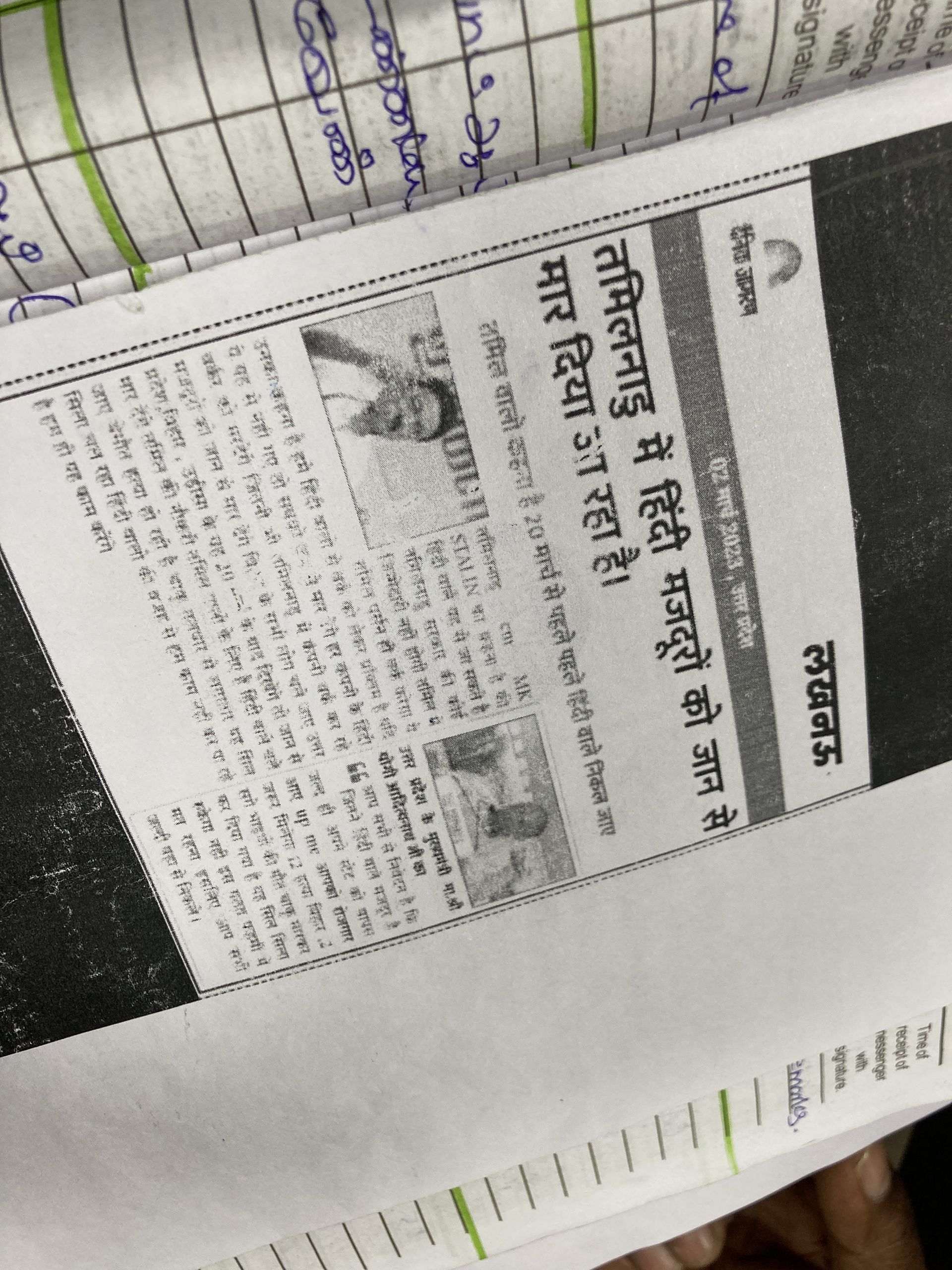
The systematic manner in which the state administration and police went about countering disinformation offers a formidable template.
Since the fake videos and news pinpointed Tiruppur and Coimbatore, it gave the administration the mandate to jump straight into action. The DMK government also broke usual protocol, to issue official statements in Tamil and issued a notice in Hindi with helpline numbers to assuage the fears of Hindi-speaking migrants.
The phones in the police control rooms in Coimbatore and Tiruppur have received hundreds of calls. Police officers who could speak Hindi were assigned call duty.
“Most ask if the videos are real or not,” CS Sasi Kumar, the police officer on control room duty, said. “Some ask whether they really have to leave by 20 March, or whether they’ll get paid their wages. Most are calling out of fear. All we can do is calm them down and tell them to contact the local police if anything happens.”
Everyone from local administration to the chief minister and governor RN Ravi — who has had run-ins with the DMK government — put out videos and statements categorically denying that North Indian workers were being targeted.
“There have been no incidents of attacks here in Tiruppur,” said District Collector S Vineet. “We knew the videos were fake and we acted fast. Though we couldn’t allay the fear immediately, we were able to introduce some doubt around the issue.”
Fact-finding teams, with the commissioner of collector of both the targeted districts, were sent state authorities to speak to migrants and industrialists to get to the root of the problem. Teams from Bihar and Jharkhand also came to Coimbatore and Tiruppur. There were regular press briefings to communicate what they found — migrant workers were scared, but none of them had been attacked.
Tamil Nadu’s Director General of Police sent a list of 11 directives to police across the state, which ThePrint has accessed. It instructs them to conduct meetings with migrants, increase day and night patrols, and appoint liaison officers to deal with any issues that the migrants may have.
The eighth directive is to “urge migrant labourers not to post anything in social media without verifying facts and to sensitise them not to spread rumours,” and number eleven is to ensure proper cooperation between the press and police to prevent unverified information from being broadcasted.
But even then, on 10 March, Hindi daily Dainik Jagran ran a headline saying “Madhubani youth murdered in Tamil Nadu.” The Tiruppur police have issued a rebuttal on Twitter. Two Tamil Nadu police teams are already in Bihar, trying to identify the people posting fake news on social media.
“These are the kinds of decisions taken by an active government which places the safety of guest workers above all else, thus empowering the administration to act decisively and effectively,” said Tiruppur Superintendent of Police G Shashank Sai.
Also read: Migrant workers are caught between India and Bharat. It’s time to build a bridge
The cultural politics
Dharmendra and Asha’s Holi party was attended by their migrant friends and even the group’s Tamilian factory manager dropped by.
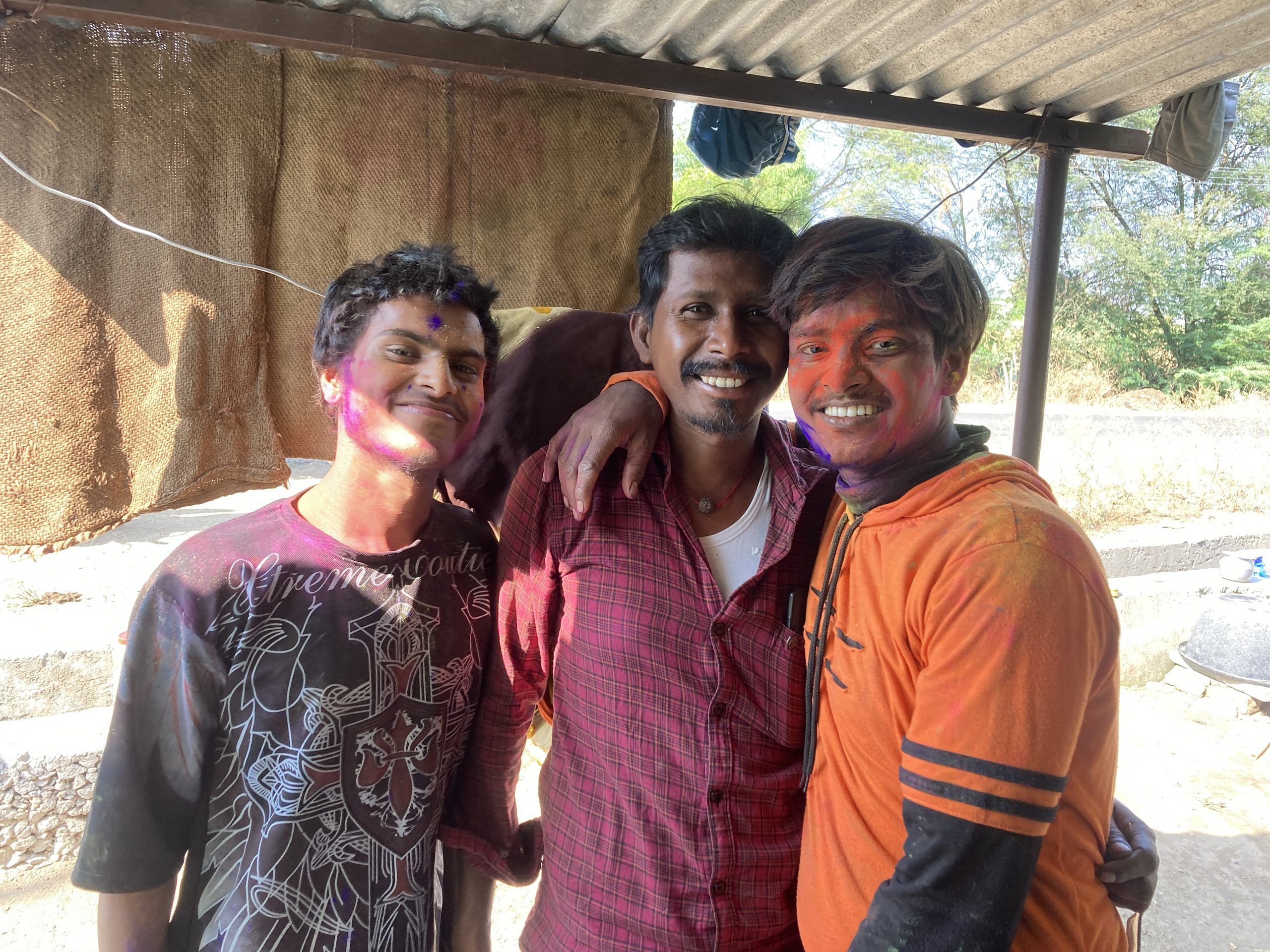
One of them hopped across to their landlord’s room to playfully throw colour on their Amma.
At one point, Dharmendra gets a video call. His brother is on the other side, also drenched in colour. “See, we’re totally fine here!” Dharmendra said. “You left and you missed this!”
His brother had caught the train to Patna in fear, four days before Holi.
Underneath all the joy, the migrants’ microcosm is punctuated by reminders that they’re far from home. Asha buys clothes from Flipkart, because she finds Tamil cottons and silks too stiff to wear. She and the group have invested in a speaker system so they can play Bhojpuri music. She misses her eldest son. He’s with his grandparents in Bihar, so he can go to school in his hometown.
Their families back home miss them too. The fake news has only made them more anxious. Parents and loved ones frantically began summoning them back.
Ali, a waiter at Haribhavanam, a well-known chain of restaurants in Coimbatore, has been fending off phone calls from his parents summoning him back home to Nepal. “I’m their only son. If I am hurt, who will provide for them?”
The fear is compounded by the fact that they do not speak Tamil.
The language forms the cornerstone of cultural identity in Tamil Nadu. The DMK government rallies against Hindi imposition and has had several run-ins with national parties over the cultural domination of North India across the country.
Migrant workers in the state work side-by-side with Tamilians amplifying their discomfort. It’s common to hear local people playfully chiding migrants to speak in Tamil. Migrants are all referred to as ‘ji’, the Hindi suffix used to denote respect. Tamil workers are all called anna (brother) or akka (sister).
Tamilians’ anti-Hindi stance doesn’t really mean they are anti-North Indians. But it can appear so to a migrant being bombarded with social media propaganda all day.
“The people in Tamil Nadu object to the imposition of Hindi, not to people who speak Hindi,” said Dr P Balamurugan, founding member of the Tamil Nadu Alliance, a coalition of over a hundred NGOs working to improve labour conditions in the state. He added that the tension is higher between Tamil workers and their employers, not between Tamil and migrant workers.
A Bihari migrant employed at a factory in Kuppepalayam said, in Hindi, that he knows when his Tamil supervisors are mocking him over some mistake. Another says that Tamil workers also sometimes have problems with them taking work away from them. The group is speaking in Hindi in front of their Tamil supervisor Raja, who at one point grins and says, “Eh, speak in Tamil no!”
Asha, whose husband works at the same factory, later whispers that Hindi is spoken all across India — why not in Tamil Nadu and Kerala too?
“I don’t know what’s fake and what’s true. All I can say is that I live and experience peace,” said barber Dharmendra Kumar Sharma, who moved to Coimbatore from Bihar seven years ago. He speaks fluent Tamil and has adapted extremely well to life in the city. He didn’t doubt for a second that he was in danger — but that’s because of where he works and lives, near the collectorate and the commissioner’s office, and because he speaks Tamil, he said.
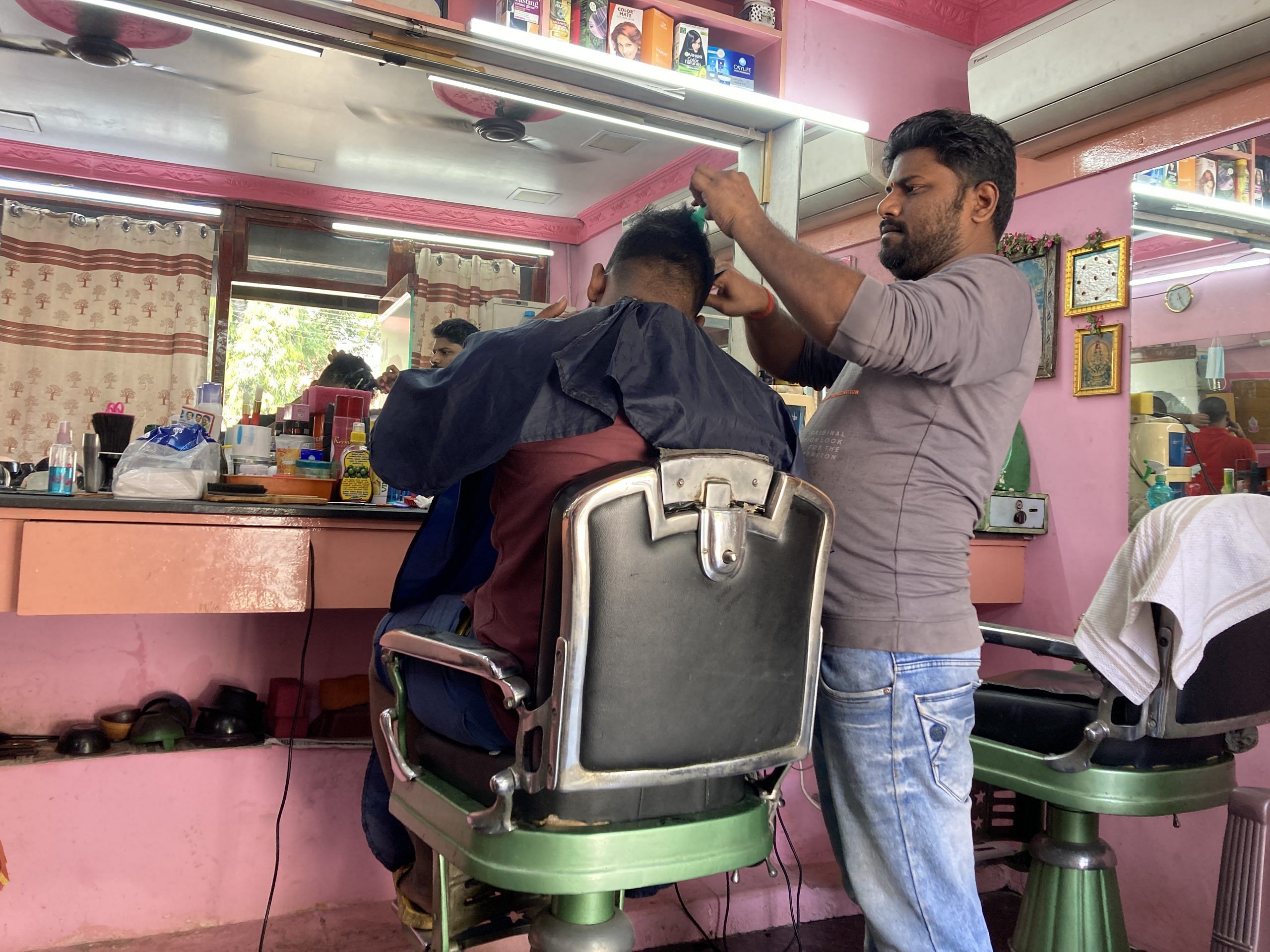
“This is just politics. Whether I’m in Bihar or not, no matter what government is in power and who I vote for, I will only be able to eat when I work. So I work.”
Also read: India’s internal migrants had no say in 2019 polls. They probably won’t in 2024 either
Videos, a threat to industry
The videos did not trouble only the migrant workers; their employers had cause for concern too: an exodus would mean a total collapse of Tamil Nadu’s industrial hub.
Tiruppur is India’s largest textile cluster, and accounts for about 90 per cent of the country’s cotton knitwear exports. In the financial year 2021-22, exports from the district amounted to Rs 33,500 crore, according to the Tiruppur Exporters’ Association (TEA).
“When we came to know what was happening, we appealed to the authorities and had a good response,” said Dr A Sakthivel, president of the Federation of Indian Export Organisations and honorary chairman of TEA. Delegations from the governments of Bihar and Jharkhand had also come to visit his company, Poppys Group, and hold a meeting with TEA.
“As exporters, we don’t differentiate between the workers. We look after them and provide them with housing and other needs,” he added.
Of the 6 lakh workers directly employed in the Tiruppur knitwear sector, around 1.5 lakh are migrants — 25 per cent of the total workforce. Of this, 65 per cent are women.
“Without migrants, it’s very difficult for industries and services to function. We are dependent on them because labour from southern Tamil Nadu and Kerala has stopped over the past decades,” S Sakthivel said, executive secretary of TEA.
The migrants come to work in Tamil Nadu because of the high wages and the relative ease of work. In Tiruppur, their work isn’t labour intensive, and takes place in well-lit rooms. The industries — rice, textile, and coir — are more mechanised, making the work less hazardous. This is a huge advantage.
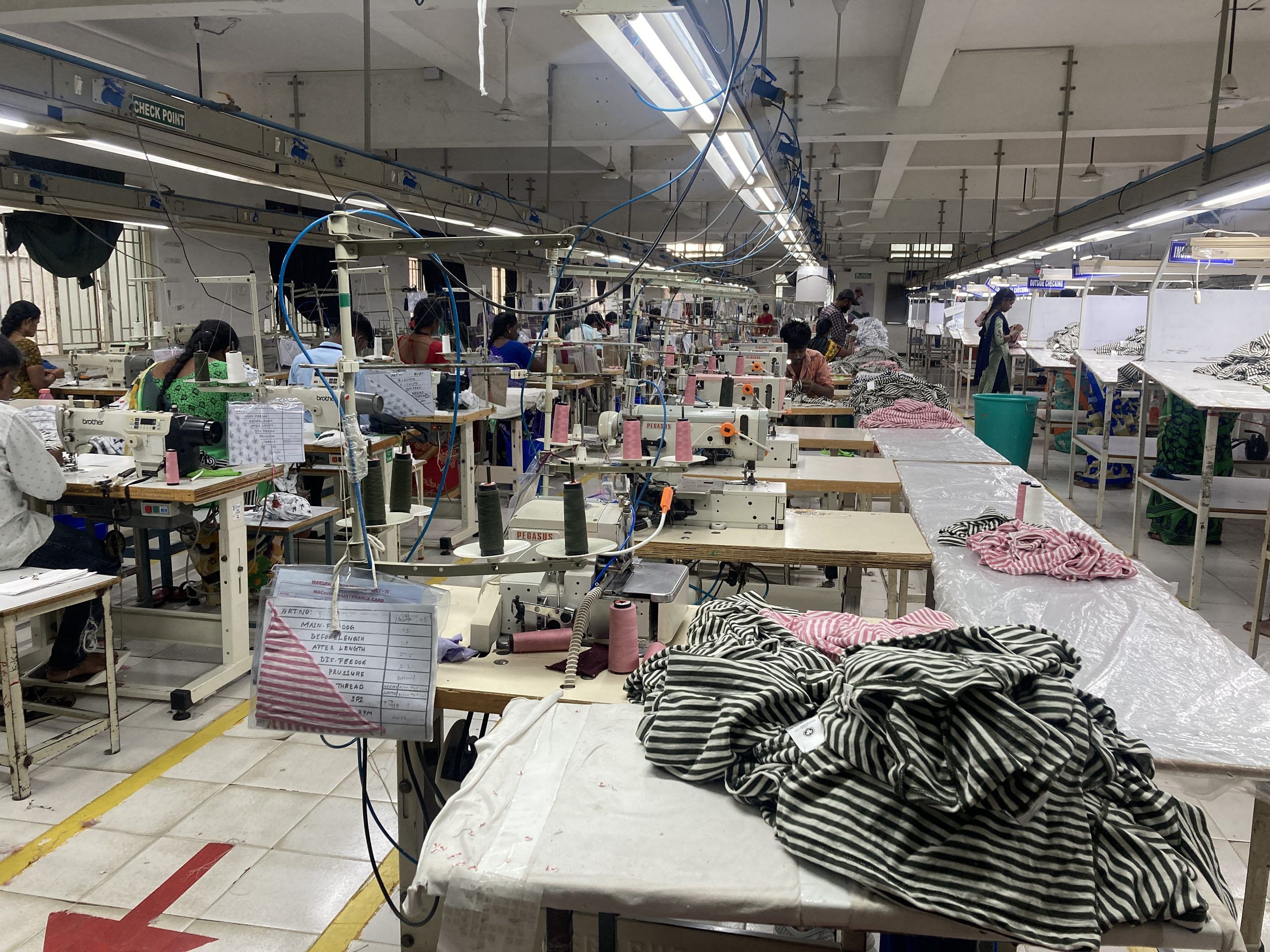
But state authorities say there’s recently been a plateau in the economy due to external factors. This has meant there is less work now. This could also be why migrants are leaving the state, authorities suggest.
Coimbatore — about 90 minutes away from Tiruppur — is home to foundry and metal industries. The work here is more unorganised and labour intensive.
“They are like our backbone,” said Surulivel, proprietor of Prakash Gears, a company under the Tamil Nadu Small Industries Development Corporation. “More than 90 per cent of workers in foundry areas are from North India.”
In his factory, Tamil workers coexist happily with migrant workers. Sanjay Kumar, a 27-year-old from Odisha, was introduced by his Tamil colleagues to his new favourite actor, Vijay. The entire factory floor attended his son’s wedding recently: they took a bus to the venue and sang both Hindi and Tamil songs.
Padman, a 22-year-old migrant from Odisha, said they all sang the ’80s hit song Ek Do Teen but doesn’t know the names of the Tamil songs that were played. His best friend at the factory is a Tamil woman he affectionately calls Chitra Akka. “She doesn’t know any Hindi. But she always laughs with us and asks us to repeat jokes in Tamil,” he said.
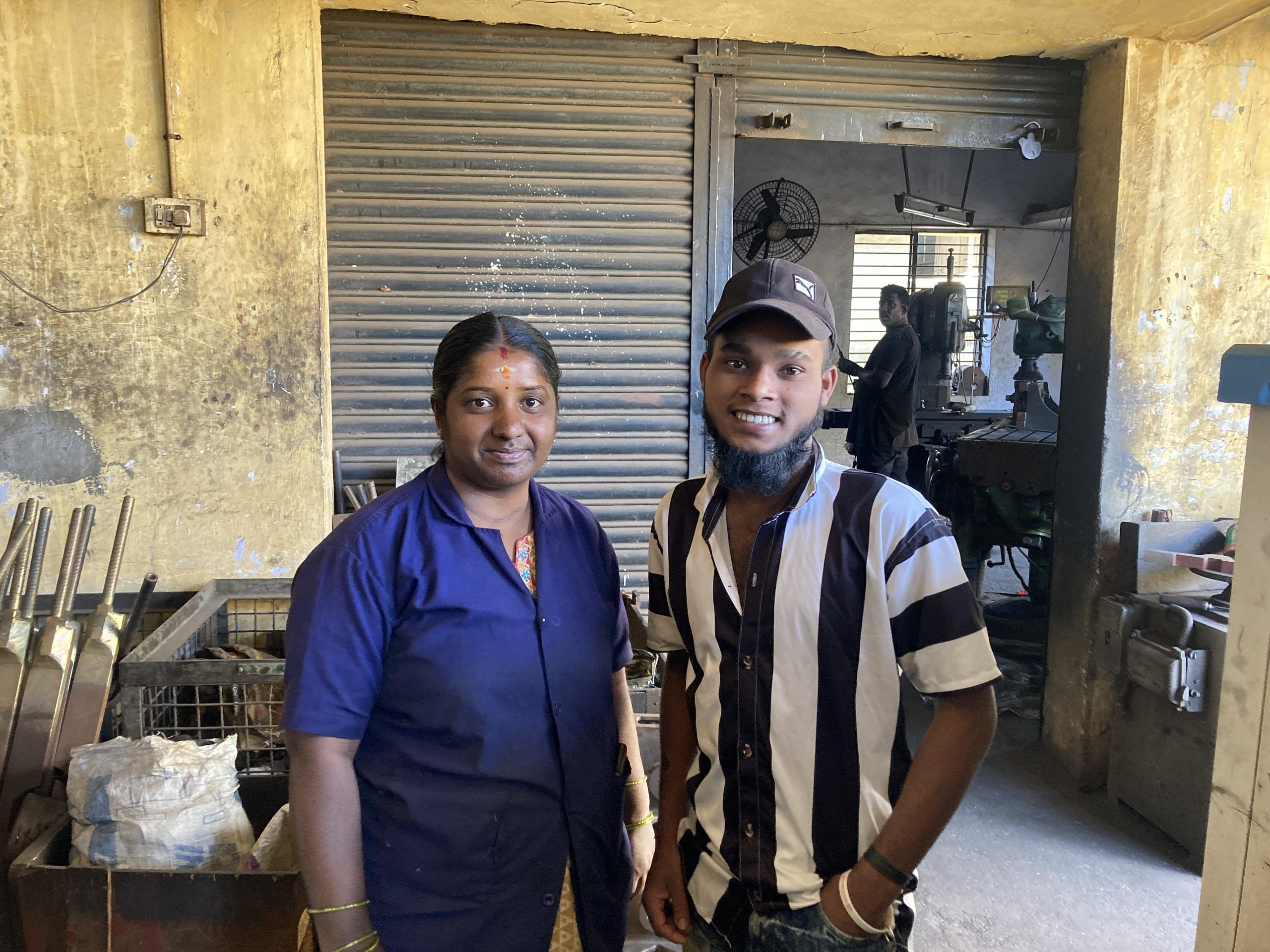
Raja Shanmugan, former president of TEA, said that the videos were politicised and amplified on social media by groups with vested interests.
“Ultimately, the BJP’s wish was fulfilled,” shrugged an exporter. “The state government had to speak the same language and address national interests over Tamil interests.”
Also read: My lord, migrant labourers need more than just food, just like we all do
The politics of fear
Most migrants say that more than the ground reality, it’s the anxieties of their families and loved ones in Bihar that is making them afraid.
The BJP has tapped into these fears. The party’s Bihar unit tweeted—and then deleted— that Tejashwi Yadav was celebrating Stalin’s birthday despite Bihari workers being attacked in the state. Tamil Nadu BJP president K Annamalai acknowledged that the videos were fake but blamed the DMK’s “anti-Hindi activities” for the situation.
But Aaditya Chhetri, a 26-year-old waiter in Tiruppur, says he isn’t scared at all. He moved there six months ago from Chennai, where he had lived for six years. He finds Tiruppur more judgemental than cosmopolitan Chennai, but dismisses it as the “village mindset”.
He posted a Reel to his 3,600 followers about how he’s safe in Tamil Nadu, urging people not to believe the rumours of violence. But he deleted it shortly after.
“I think I was scared,” he said, pulling out his phone and looking through his drafts to see if he still has the video. He does. “Maybe I’ll post it again. Is it too late? Will it go viral the same way?”
(Edited by Theres Sudeep)


